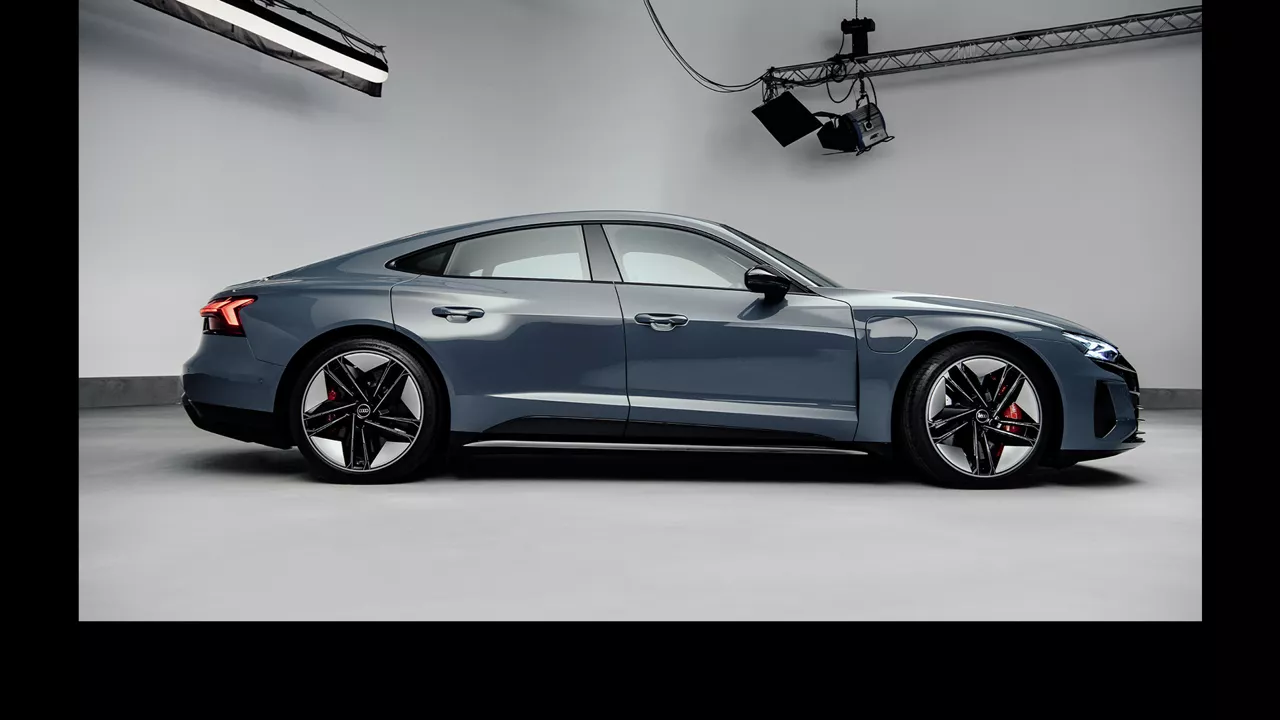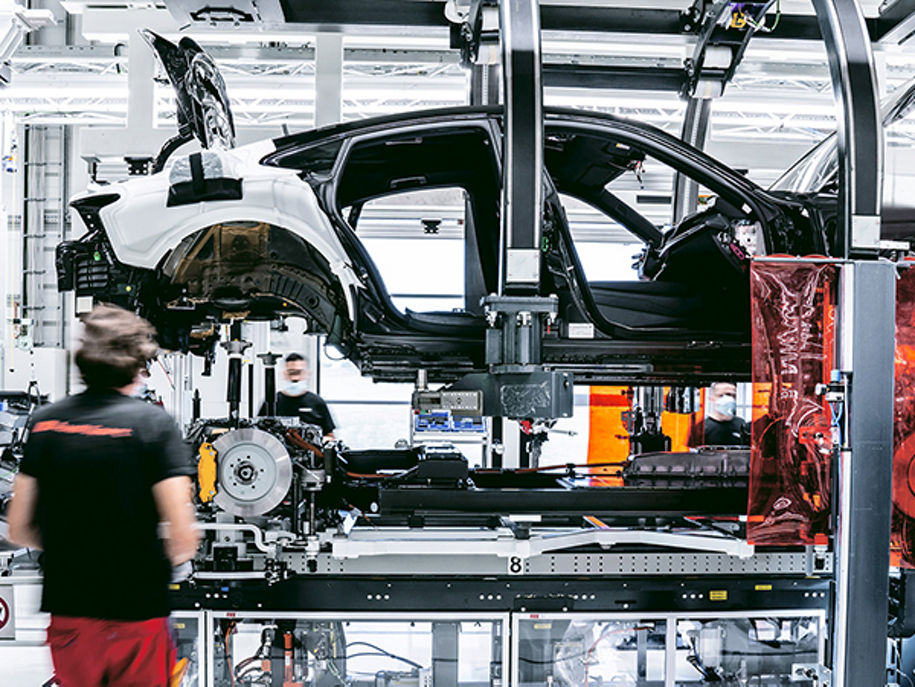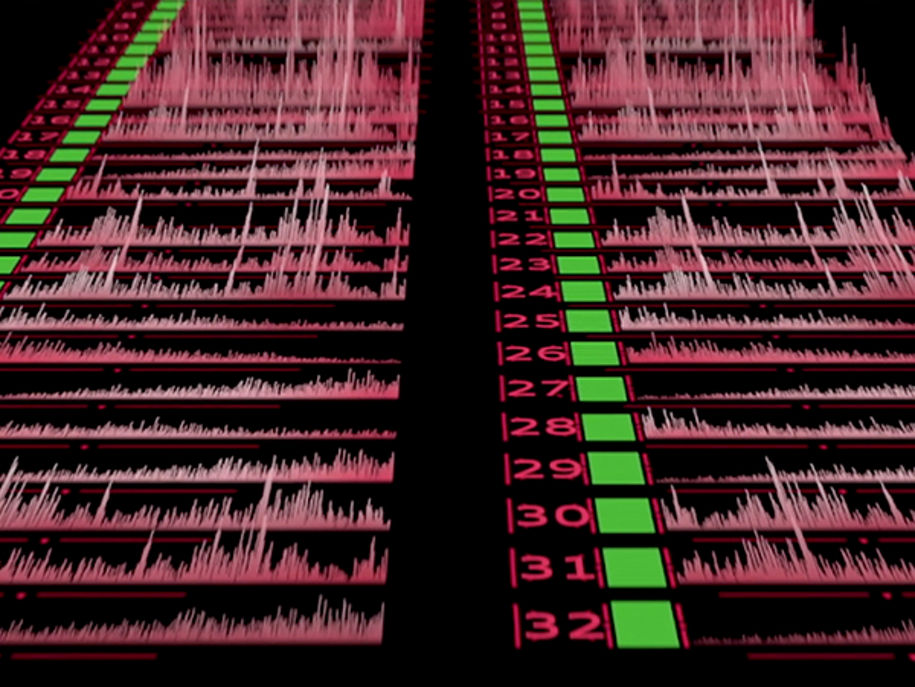Detective work in the wind tunnel
In the Audi aeroacoustic wind tunnel, aerodynamics specialists are perfecting the shape of the Audi RS e-tron GT.
missing translation: fa.article-intro.reading-time – Copy: Bernd Zerelles − Photo: Robert Fischer Film: graupause – 05/06/2023

















